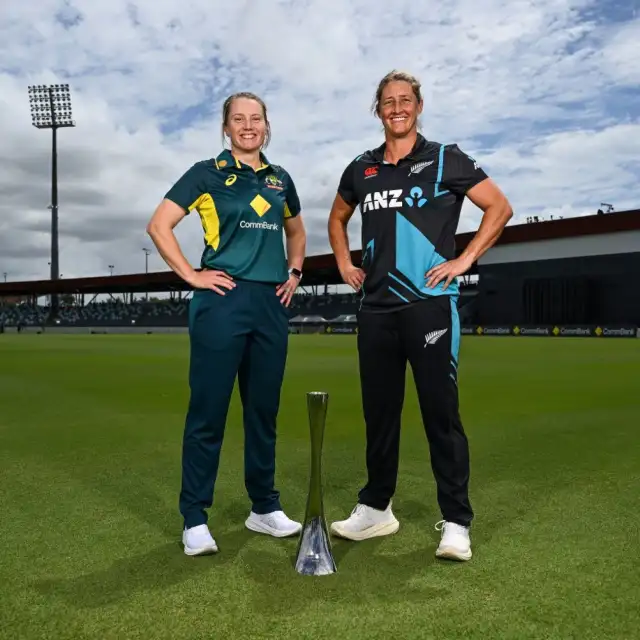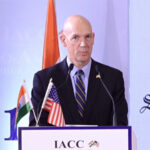New Zealand and Australia, two neighboring nations in the South Pacific, share not only geographical proximity but also a deep-rooted history in women’s sports, politics, and culture. This blog delves into the achievements, challenges, and cultural differences between women in New Zealand and Australia, providing insight into how each nation supports and empowers its female population.

Sports: A Passionate Rivalry
Achievements in Athletics
Both New Zealand and Australia boast impressive achievements in women’s sports. In rugby, the New Zealand Black Ferns have earned global acclaim, securing multiple Rugby World Cup titles. Their success has inspired many young female athletes across the nation. Meanwhile, Australia’s women’s rugby team, the Wallaroos, has also made significant strides, with increasing visibility and competitiveness on the international stage.
In cricket, the Australian women’s team is one of the most successful in history, with numerous World Cup victories. The White Ferns of New Zealand are equally competitive, consistently ranking among the top teams globally. This rivalry extends beyond individual sports, reflecting a broader passion for athleticism and a commitment to fostering female talent.
Investment and Development
Both countries have made strides in investing in women’s sports. Australia’s sports programs often receive substantial funding, aimed at increasing participation and improving facilities for female athletes. Initiatives like the Australian Sports Commission’s “Women in Sport” strategy focus on promoting equality and representation.
New Zealand has also made notable efforts to support women in sports, highlighted by initiatives like the “Women’s Sport Aotearoa” campaign. This movement seeks to raise awareness and drive change in the sporting landscape, encouraging greater participation and recognition of female athletes.
Politics: Representation and Leadership
Political Landscape
In politics, New Zealand has often been seen as a pioneer for women’s rights. The nation was the first to grant women the right to vote in 1893, setting a precedent that inspired movements worldwide. Today, women hold significant political positions, including Prime Minister Jacinda Ardern, who has been praised for her leadership style and progressive policies.
Australia has also seen strong female political figures, such as Julia Gillard, the country’s first female Prime Minister. Women in Australia have made considerable strides in political representation, yet challenges remain in achieving gender parity in leadership roles. Initiatives aimed at increasing women’s participation in politics are ongoing, focusing on mentoring and support networks.
Social Movements
Both nations have vibrant feminist movements that advocate for gender equality. In New Zealand, movements addressing issues like domestic violence and pay equity have gained traction, fostering a culture of advocacy and social responsibility. The #MeToo movement has also resonated strongly, prompting discussions about sexual harassment and women’s rights.
Australia’s feminist movements have similarly focused on issues like gender pay gaps and workplace equality. High-profile campaigns such as the “March4Justice” rally have brought attention to gender-based violence and the need for systemic change, uniting voices across the country.
Education: Empowering Future Generations
Access and Opportunities
Education plays a crucial role in empowering women in both New Zealand and Australia. Both countries prioritize accessible education, with strong public school systems and various scholarship opportunities aimed at supporting female students.
New Zealand places a strong emphasis on holistic education, encouraging critical thinking and creativity. Initiatives promoting STEM (Science, Technology, Engineering, and Mathematics) education for girls are gaining momentum, aiming to close the gender gap in these fields.
In Australia, there are similar efforts to encourage girls in STEM through programs and scholarships. Universities actively promote female enrollment in traditionally male-dominated fields, aiming to diversify the workforce and challenge stereotypes.
Cultural Differences: Values and Attitudes
Social Norms and Expectations
Culturally, New Zealand and Australia share many similarities, but differences in social norms and expectations exist. New Zealanders often emphasize egalitarian values, with a strong belief in community and social responsibility. This cultural ethos translates into support for policies promoting gender equality and women’s rights.
Australia, while also valuing equality, has a more competitive societal landscape, often influenced by sports and business. The emphasis on individual achievement can sometimes overshadow collective progress in gender equality, creating unique challenges for women seeking leadership roles.
Representation in Media
Media representation of women is another area where both nations differ. New Zealand media has made significant strides in showcasing diverse female voices and stories. Initiatives promoting gender balance in media representation are becoming more common, contributing to a broader cultural shift.
In Australia, media representation has been under scrutiny, with ongoing discussions about the portrayal of women in film, television, and advertising. Campaigns advocating for better representation are gaining momentum, pushing for more diverse and authentic depictions of women’s lives.
In conclusion, the women of New Zealand and Australia embody strength, resilience, and a commitment to progress. While both nations celebrate their achievements in sports, politics, and education, challenges remain in the quest for gender equality. By continuing to support one another and learning from each other’s experiences, New Zealand and Australia can pave the way for future generations of women, ensuring they have the opportunities and recognition they deserve. This ongoing journey toward equality and empowerment reflects not only the aspirations of women in both countries but also the values of their societies as a whole.


